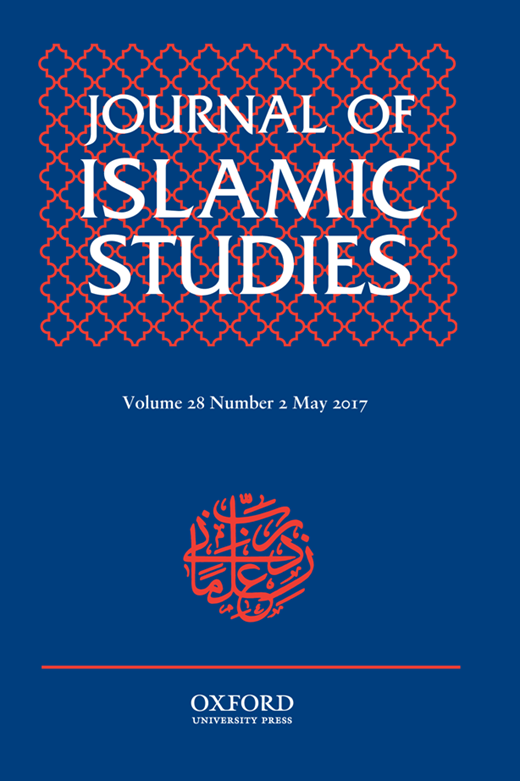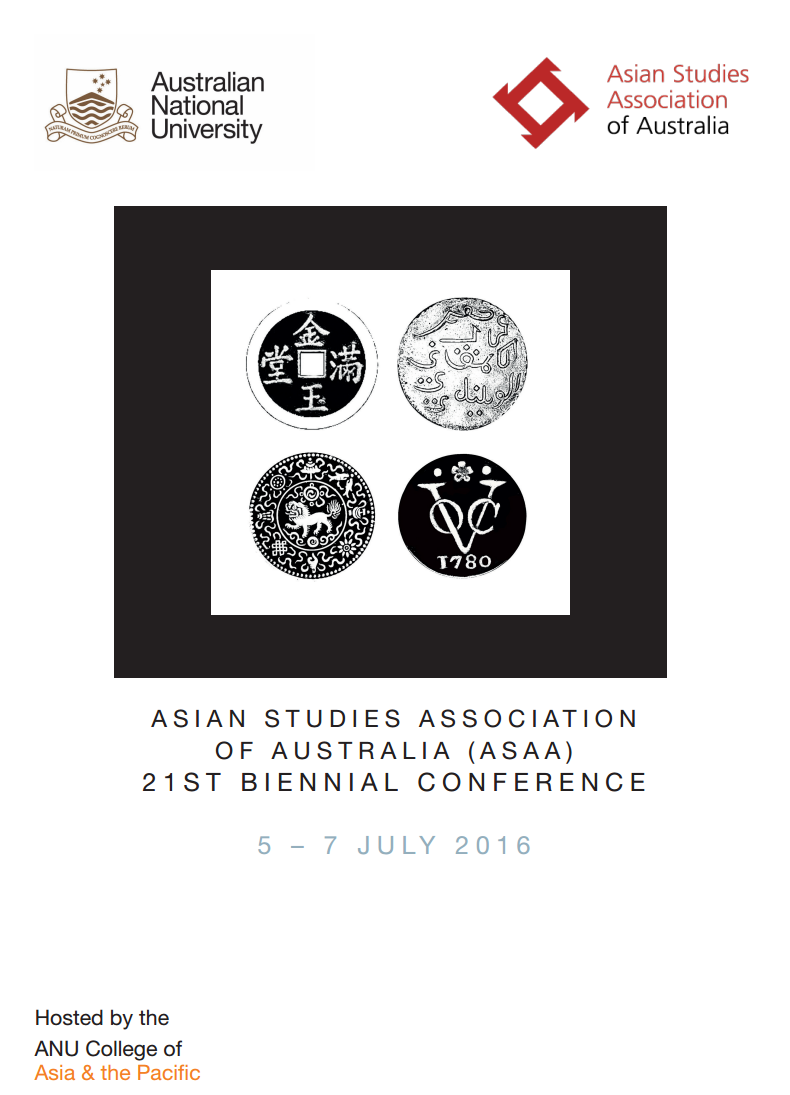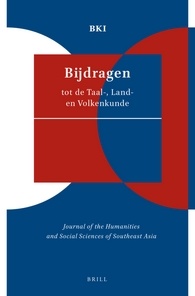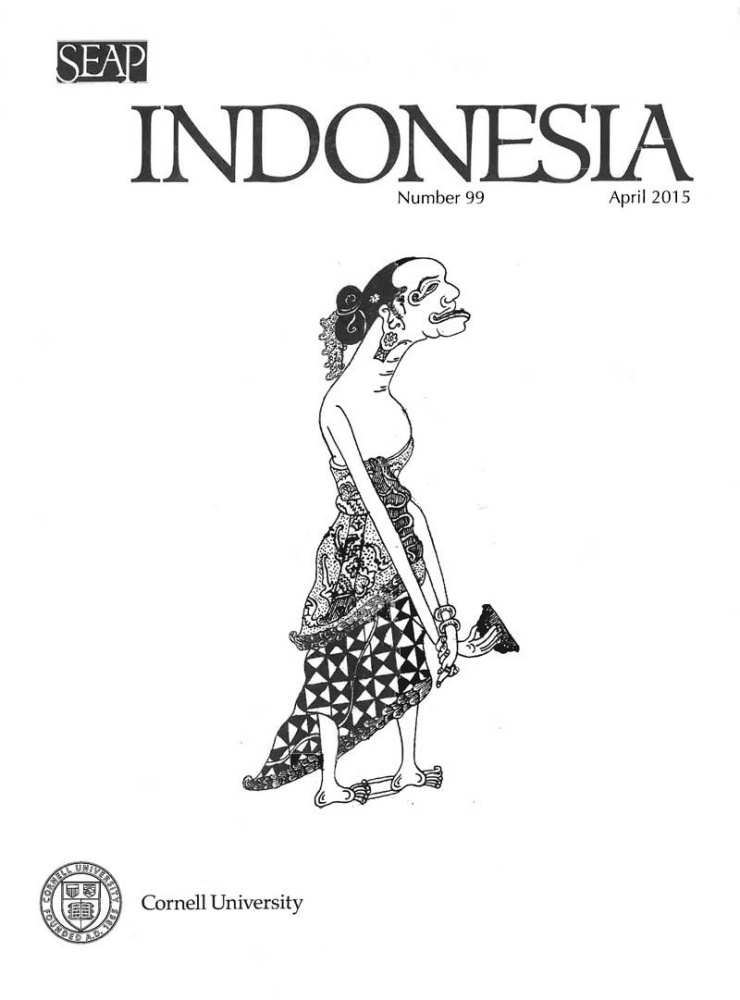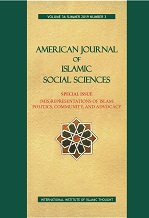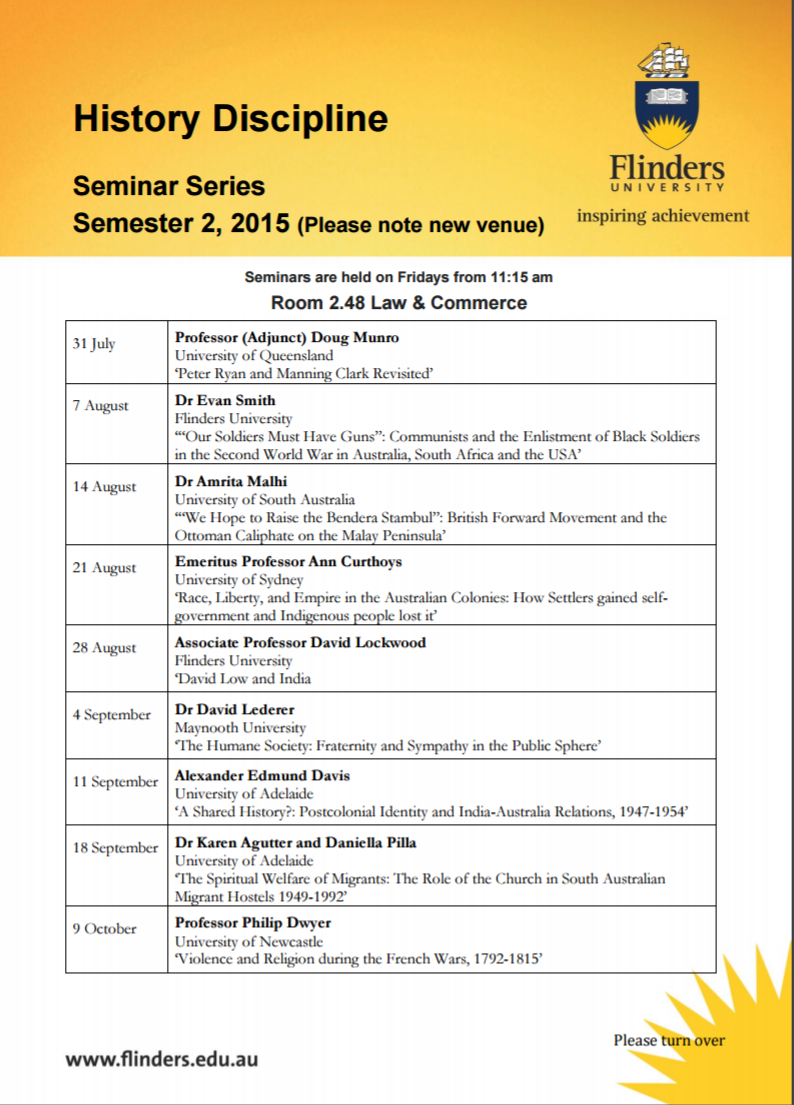I took part in a fantastic panel discussion alongside Assistant Professor Noura Erakat and chaired by Peter Mares at the Adelaide Festival of Ideas this morning.
I offered my take on the recent success of Malaysia’s Pakatan Harapan, and its campaign that was able to overcome an electoral system rigged against an opposition win. We discussed whether or not it is truly possible for Malaysia to build a rejuvenated and peaceful multi-racial society and institutions, and what hope there is for political reconciliation for the Palestinians.
The event was presented by the Australian Friends of Palestine Association (AFOPA), the School of Social Sciences at The University of Adelaide and the 2018 Adelaide Festival of Ideas, and you can listen to a recording of it here.

